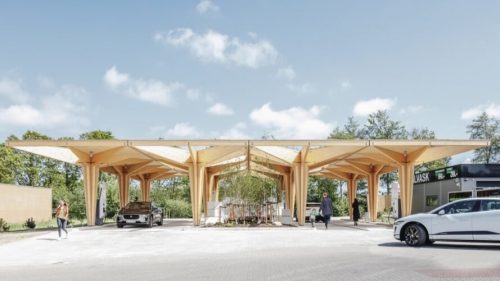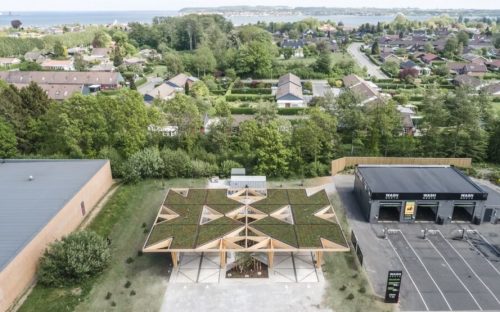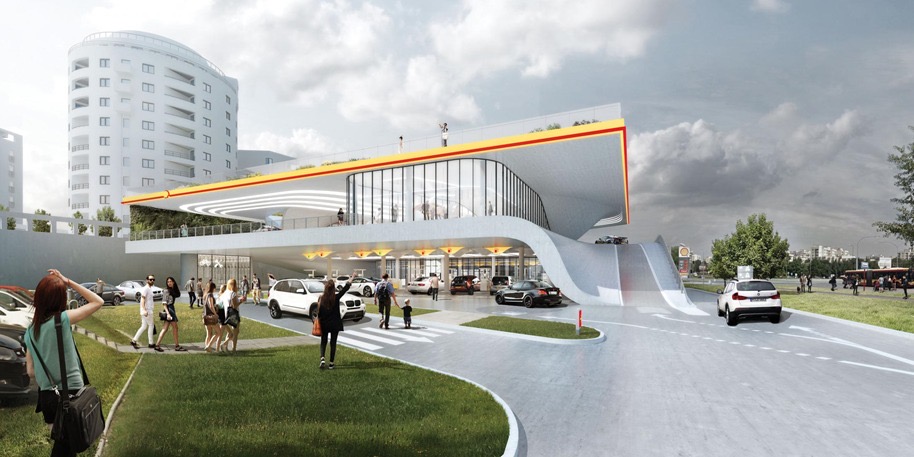
Change happens whether we like it or not. Sometimes it needs an external force (like Covid-19) to kick our collective rear ends into gear and thinking about the future. Business unusual is the new normal
No one could have imagined the simple filling stations of the 1970s would one day morph into the enormous service stations dotting our highways today, with their vast selection of franchise food stores, playgrounds, shops and multitude of petrol pumps.
In the same way, it’s hard for us to conceive what the fuel stations of the future will look like. All we know is that they’ll be markedly different.
Not that this change will happen overnight, says Vishal Premlall, national director of the South African Petroleum Retailers Association (SAPRA), an association of the Retail Motor Industry Organisation (RMI) representing approximately 750 fuel stations countrywide.
He explains most of the changes will be ushered in by the introduction of electronic vehicles. Big Bird N1 Freeway Midrand, between Johannesburg and Pretoria, provides a prime example of a fuel station gearing for the future. The station offers a pharmacy, dining options and even online shopping depots.

“This positions it to cater to consumers who would otherwise have to veer off route into a suburban shopping mall, to obtain such supplies. In short, customers can get everything they need without leaving the highway,” says Premlall.
He adds that the new look stations are all starting to factor in the possibility of customers staying longer at their stations. How will these customers be entertained? What kind of experience do they expect in the retail space?
These are questions worth considering as the customer evolves from one prone to ducking in to the forecourt shop for a last-minute buy, to one seeking a way to kill time. The model must place the customer, rather than the car, at the centre.
“Ultimately they will need to be designed in such a way as to make trips to the fuel station more frequent and for reasons that have little to do with filling up,” says Premlall.

Tomorrow’s customer may expect a fully-fledged supermarket, wifi-equipped work stations, hot desks with meet and greet facilities and coffee shops.
This also makes a station’s destination an important consideration. If en route convenience is no longer an issue, what will motivate drivers to choose one station over another? And linked to this, what kind of services should be in place to make that choice stick?
Winstone Jordaan of GridCars says the presence of such services on the highway is key. He maintains highway stations will prove more enduring than their city-based counterparts, mainly because the latter cannot match the offerings that would keep a customer busy while charging an electric vehicle in the future.
“If you are looking to charge somewhere that does not mean hopping off and back on the highway, a forecourt shopping center is a far more obvious choice,” he says.
Interestingly the current challenges during Covid-19 have accelerated the change by forcing business introspection, “resulting in business owners adopting leaner management strategies, reducing staff operations, repurposing the product basket in the Convenience store and relooking the offering on a needs basis.
“The pandemic has accelerated a level of creative and innovative thinking. Although we cannot be sure exactly what the fuel station of the future will look like, we can be certain it will not have much in common with the features we’re familiar with today. Clearly business unusual appears to be the new norm and the early change adopters will win,” concludes Premlall.


